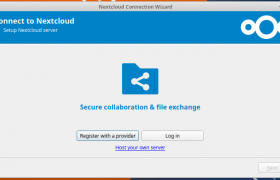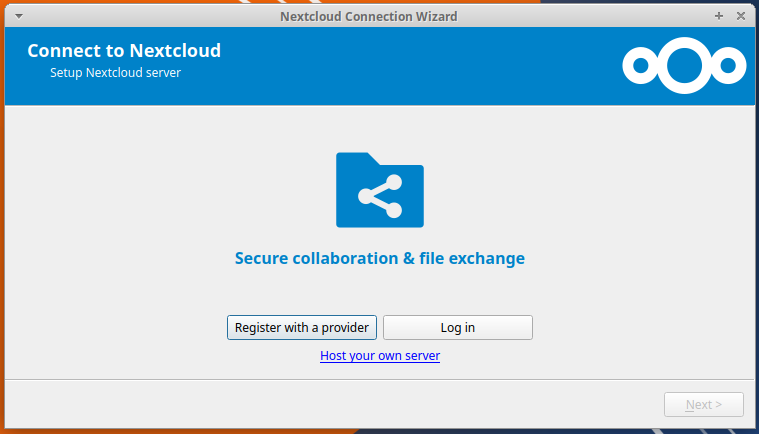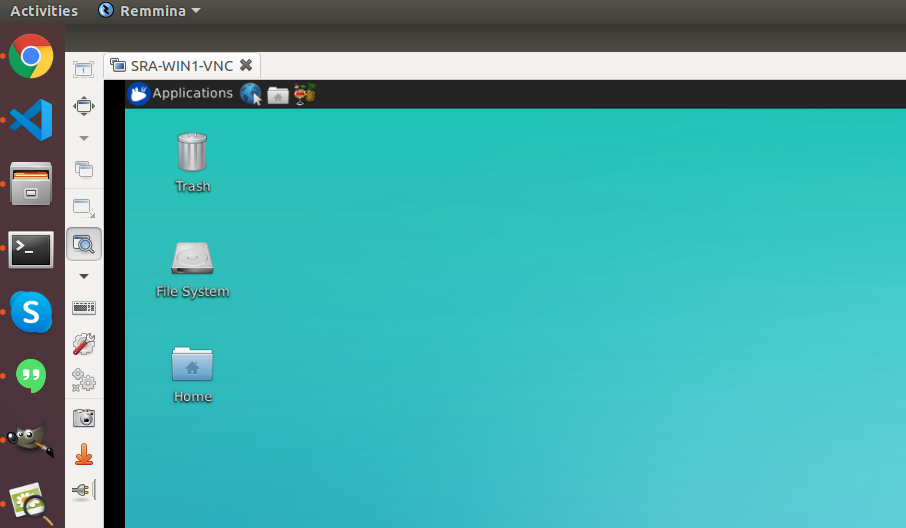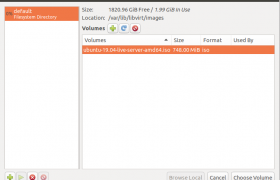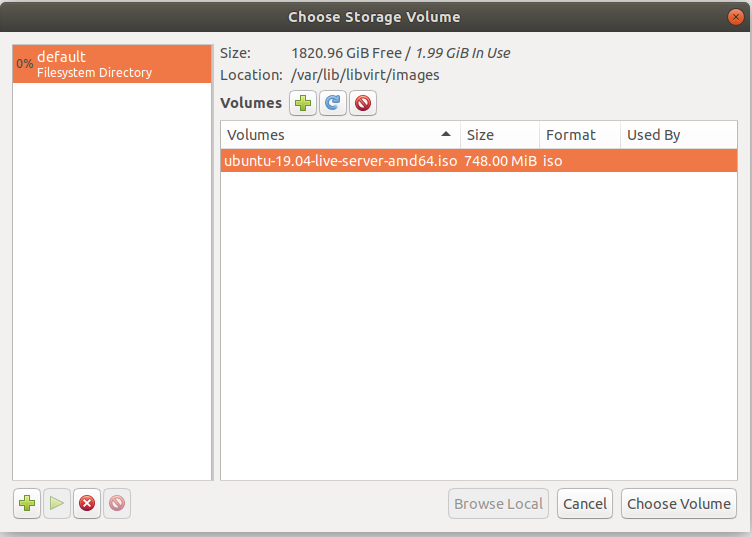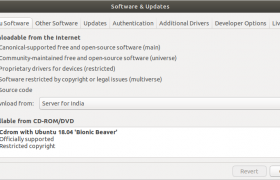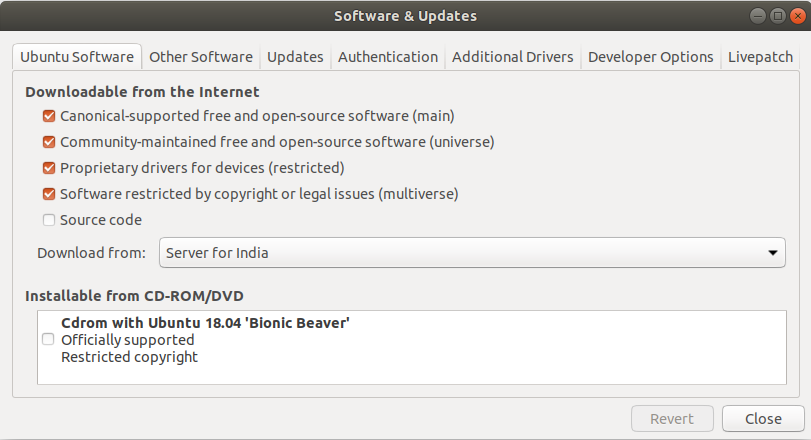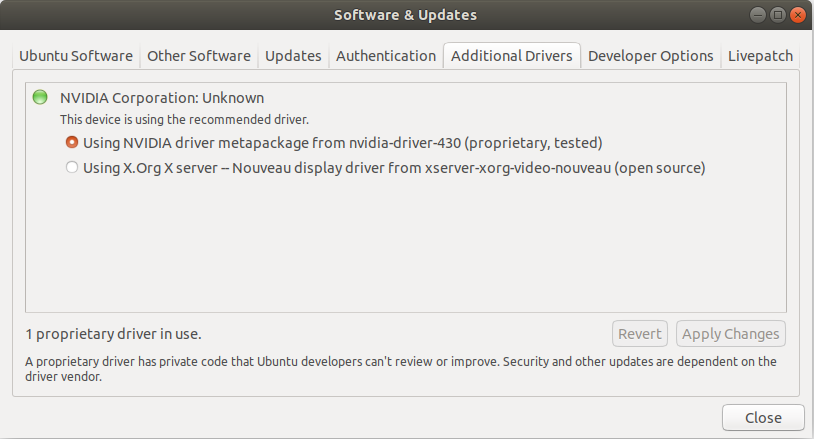On my computer running Ubuntu 18.04, MriaDB stopped working. PHP application i run on my computer failed with error
SQLSTATE[42S02]: Base table or view not found: 1146 Table 'ok_test.feeds' doesn't exist (SQL: select * from `feeds` where `processed` = 0)
Application can’t find the table. So i tried to login to MySQL and see if table is there or not. But i get error
boby@sok-01:~$ mysql Welcome to the MariaDB monitor. Commands end with ; or \g. Your MariaDB connection id is 2504 Server version: 10.2.30-MariaDB-1:10.2.30+maria~bionic-log mariadb.org binary distribution Copyright (c) 2000, 2018, Oracle, MariaDB Corporation Ab and others. Type 'help;' or '\h' for help. Type '\c' to clear the current input statement. MariaDB [(none)]> show databases; ERROR 1018 (HY000): Can't read dir of '.' (errno: 24 "Too many open files") MariaDB [(none)]>
Next i checked if this is due to any MySQL upgrade. I found MySQL got updated today
root@sok-01:~# grep mariadb /var/log/dpkg.log 2019-12-13 08:02:46 status triggers-pending mariadb-server-10.2:amd64 1:10.2.29+maria~bionic 2019-12-13 08:02:46 upgrade mariadb-common:all 1:10.2.29+maria~bionic 1:10.2.30+maria~bionic 2019-12-13 08:02:46 status half-configured mariadb-common:all 1:10.2.29+maria~bionic 2019-12-13 08:02:46 status unpacked mariadb-common:all 1:10.2.29+maria~bionic 2019-12-13 08:02:46 status half-installed mariadb-common:all 1:10.2.29+maria~bionic
To fix this error, run
systemctl edit mysql
This wil open a text editor. Add following
[Service] LimitNOFILE=8192
Save and quit the editor. Restart MaraDB with
systemctl restart mysql
MySQL will work properly now. systemctl edit mysql will create file /etc/systemd/system/mysql.service.d/override.conf
root@sok-01:~# cat /etc/systemd/system/mysql.service.d/override.conf [Service] LimitNOFILE=8192 root@sok-01:~#


